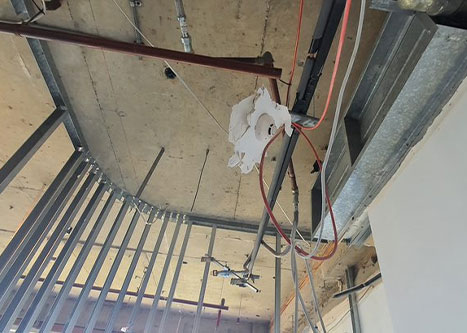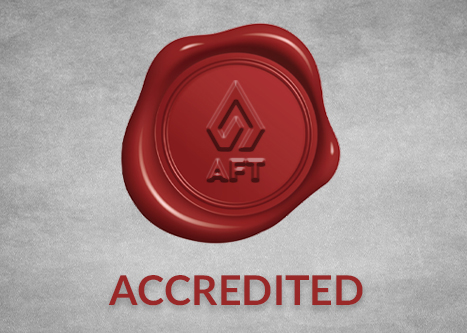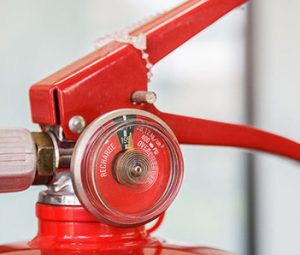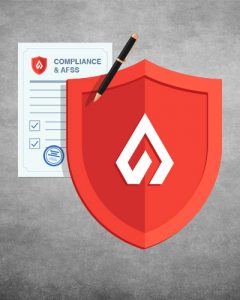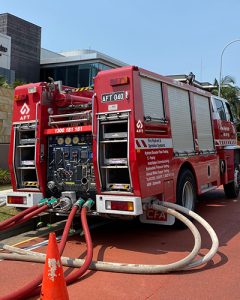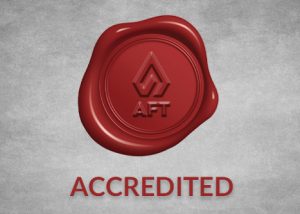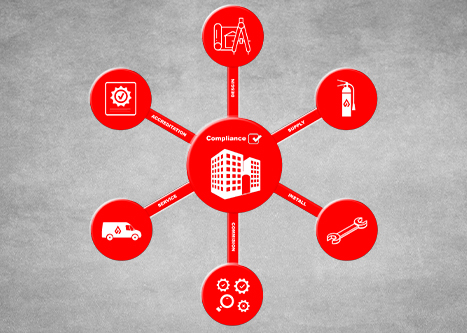June 2022 AFT News: Complying Development Certificate (CDC)
Local Councils, as the regulatory bodies for buildings in NSW, are required by legislation to ensure all existing buildings are brought up to a current level of life-safety. This means that for a number of reasons, your building may be served with a council fire upgrade order:
-
-
- DA, CDC or non-compliant AFSS submission
- Complaint regarding fire and life safety
- Random or planned Council site visit
-
A Council Fire Order upgrade often requires that the building improves the life and fire safety, including improving fire rating of building components, installation of some alarms, smoke detection, emergency & exit lighting, sprinklers, etc.
Council has the legislative right to make this order, so owners receiving one should act immediately to get advice from AFT Fire Protection.
What is a Complying Development Certificate (CDC)?
Put simply, a CDC is approval for development and combines planning and construction plans. A CDC is awarded when a development complies with pre-determined development standards and is judged against a code-based assessment. A CDC can be granted for commercial buildings, residential buildings and industrial buildings and projects.
Who came up with CDC compliance?
CDC compliance was developed and introduced by the NSW government. The government introduced this certificate to streamline the development approval process for development proposals that are categorized as low-impact and routine.
This allowed the NSW government to exclusively use their merit-based systems for more complex projects, or projects that are more time-sensitive. Under the current NSW planning process, a development certificate is required for the majority of buildings.
What Complying Development Standards?
Where proposed building works are more significant than what Exempt Development allows, an approval under Complying Development may be appropriate. Unless development meets the criteria for Exempt Development, an approval must be issued before starting any work.
The first step in lodging an application for Complying Development is to determine whether any planning controls apply to the land which may exclude venturing down the CDC pathway. A Section 10.7 Planning Certificate can be obtained from your local Council or from the NSW Planning Portal. The 10.7 Planning Certificate outlines any planning controls or restrictions which apply to the land, and which SEPP’s can be used to assess the proposed development.
Where the land is determined suitable for Complying Development, the proposed development must be assessed against the requirements of a SEPP, and all works must comply with the requirements of the Building Code of Australia. Approval under Complying Development does not override private covenants or similar legal instruments. For example, a covenant that requires a specific construction material, or that limits building heights, continues to apply to the land.
What is a section 149 certificate or Section 10.7 Planning Certificate?
If your premises have been registered with your local council, you will be able to obtain a 149 certificate, a zoning certificate typically generated by the local council. Usually, a section 149 certificate will cost around $60 dollars to obtain, and it includes information such as how the property may be used (e.g., commercial, residential) and information about any development restrictions that the building may be subject to. If the section 149 certificate states businesses are allowed to trade from the address, you can hire a PCA (Private Certifying Authority) to report to the council about CDC on your behalf.
The Online 10.7 Planning Certificate Service allows applicants and councils to work together on requests for 10.7 Planning Certificates through shared digital dashboards. The service is not mandatory but will be available in those local government areas where councils choose to adopt it.
The Online 10.7 Planning Certificate Service will be integrated with other digital services on the NSW Planning Portal. This will enable customers to use their online 10.7 application to start either a Development Application (DA) or a Complying Development Certificate (CDC) Application. The reverse is also possible: customers will be able to use their DA or CDC application to start an online 10.7 application.
Who can give CDC approval and issue a CDC?
A CDC can either be issued by a local council or a third-party private accredited certifier. If you hire a private company to issue a CDC, your local council must still be informed. For a CDC to be valid, it is essential either the council or a private building professional issue the CDC before any building or construction work begins.
What is the role of a private certifying authority (PCA)?
The main role of a PCA is to issue approvals for construction proposals. They consider applications for CDC’s and ensure that proposals comply with local and state codes, e.g. the Building Code of Australia.
CDC approval: other legislative requirements
-
-
- A CDC is not necessarily the only legislative requirement for a proposal to be approved, the following legislative documents may also be required…
-
- Permits
- License’s
- Environmental plans
-
How do I find out more info? You can visit the NSW planning portal for more information on CDC approval and it’s fast-tracked approval process for building work.
Does fit-out work require a building permit?
If your fit-out involves relocating or building partitions, a building permit is most likely required. Any fit-out work that may affect the fire safety, air conditioning or emergency accessibility of a building will require a permit from an accredited certifier.
How long does the CDC application and CDC approval last?
A CDC inspection must be completed at least two days prior to construction or demolition work commencing. Inspections will be completed as necessary throughout the construction process, and as long as there are no issues, the CDC approval and application processes will finish after all construction work is complete.
What are Developing Applications (DA)?
Basically, a DA is a formal request to begin developing a property. For example, if you wish to remodel or renovate your home, you should submit a DA to your council before commencing any work. The council will ensure your plans meet any relevant development standards and won’t have any negative effects on surrounding areas.
What is the difference between CDC & DA?
A CDC combines planning and construction approval applications and fast-tracks straightforward development applications through the approval process. As a CDC can be conducted by both private certifiers and local councils, the CDC approval process is usually faster than a DA. On the other hand, a DA is an assessment that is merit-based that must be completed by the council. DA approval is a two-step process, and assessments are only completed once before the work begins, and once after it has been completed.
When are DAs required?
Whether you are planning small scale residential work, or are looking to redesign your business premises, a DA is required for most complying development work. For example, a DA is required when development will use land, involve removing or pruning trees, demolition work, erecting new buildings and subdividing land. Some minor developments, named exempt developments, do not require a DA but it is always advisable to check with your local council to avoid fines and other serious repercussions.
For more information, get in contact with Mark Hegarty at AFT FIRE


